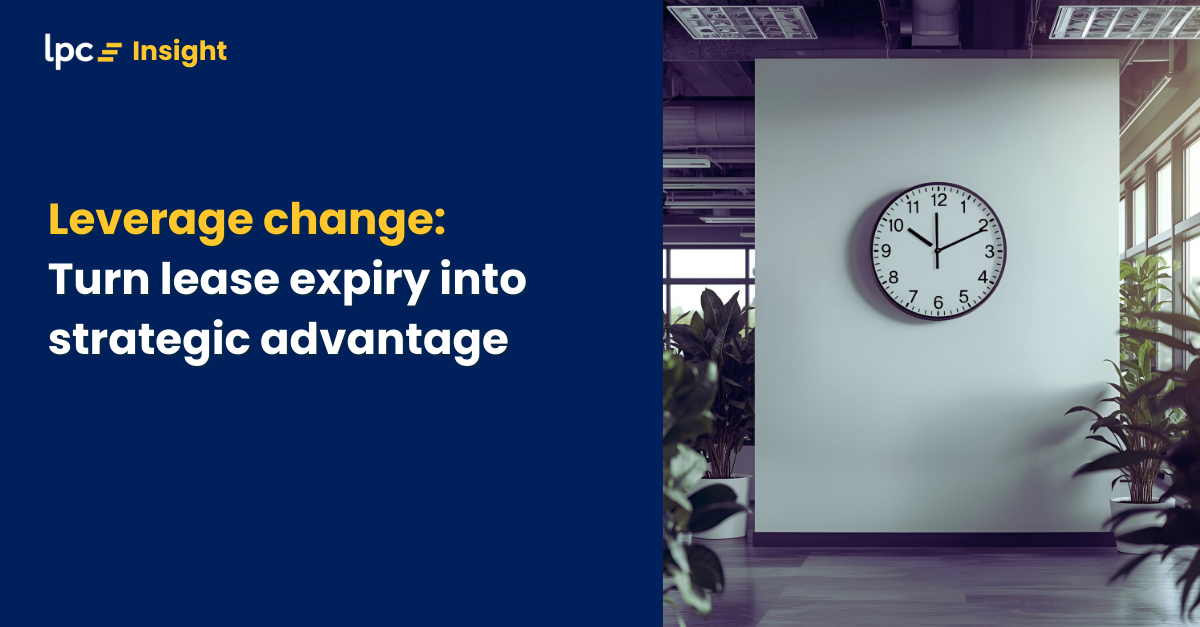A commercial tenant should always be concerned about their effective rent (i.e. the face rental less the value of the incentive provided by the landlord) and make every effort to ensure the effective rent is favourable, having regard to the market. However, it is a potentially costly mistake for a tenant to weigh too much on the effective rent, causing one to pay too little attention to other commercial terms that can significantly increase occupancy cost and business risk.
The obvious items and quantitative assessment
Discounted cashflow models are widely used to calculate occupancy costs over the lease term and compare occupancy costs for different lease offers. While a discounted cashflow model enables a quick assessment of alternatives and is helpful for budgeting purposes, the models vary in complexity and usefulness. Models that focus on rent, incentives, outgoings, parking, and signage are relatively elementary. In contrast, models that include and cost items such as make good, the cost of guarantees, expected outgoing increase tied to building efficiency and inflation, exit dual rent obligations, and the cost of excess space are more complex and valuable inputs for decision-making.
However, a discounted cashflow analysis should not be relied on by a tenant when deciding on a preferred lease arrangement as these models do not adequately account for the impact of less obvious commercial terms which do have or may have, a material impact on the tenant’s business risk and business opportunities.
The less obvious items and qualitative assessment
The test for an optimal lease offer for a particular commercial tenant will always be whether the offer provides the best alternative in relation to the location, the premises, and the commercial terms having regard to their business requirements and risks into the future. At LPC, we regard qualitative assessment of lease offers as important as quantitative assessment, and we give considerable attention during lease negotiations to less obvious items relating to risk, flexibility, obligations and guarantees, mindful that such items are not readily considered in a discounted cashflow model. Negotiating such terms requires a well-articulated picture of the business requirements and risks into the future before the search commences, focusing the negotiations on key landing points that provide appropriate flexibility for the tenant whilst transferring a level of risk and obligations to the landlord. The challenge is that these landing points cannot be compared via arithmetic, requiring sound judgement to assess their value for the tenant. For example, consider the value of including a lease term that provides for rent reduction if the utilisation of the leased asset is impaired. This inclusion would have been of immense value to a tenant during the pandemic lockdowns and to any tenant whose utility of the premises is impaired for any other reason. The value is hard to quantify and is often only recognised in hindsight. Another example is the inclusion of flexibility provisions relating to contraction and expansion. Again, the value is difficult to quantify and tied to the level of business certainty or uncertainty about accommodation requirements in the future. Still, the value is often significant and protective of the business.
Concluding comments
Foresight and a risk reduction mindset are not just desirable, but essential attributes for sound judgement when it comes to deciding on an optimal tenancy arrangement for a particular business. We recommend that discounted cashflow analysis should be as fulsome as possible to get a sense of the more obvious items impacting occupancy cost, and that the same level of scrutiny be given to qualitative analysis that considers provisions that impact risk, flexibility, obligations, and guarantees.
Why LPC?
At LPC, we partner with tenants and occupiers across Australia and New Zealand to optimise their office, industrial and retail property portfolios. We provide an integrated suite of services, including transaction management, portfolio and lease management and project management. We provide conflict-free advice and tenant representation, meaning we have no ties with owner-developers or landlords. Tenants' and occupiers' interests remain at the core of what we do as we negotiate on your behalf and endeavour to rebalance the scales in a market favouring landlords.



